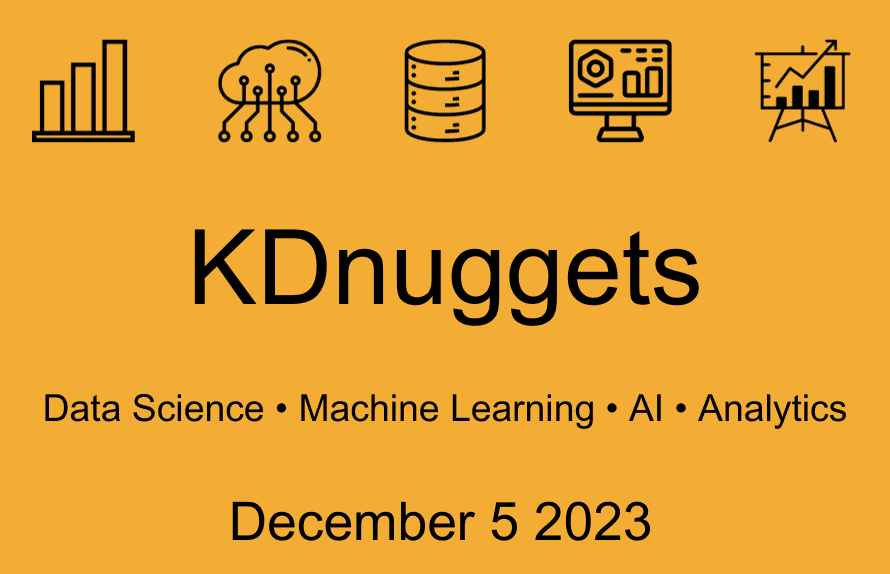[ad_1]

Image generated with Segmind SSD-1B model
Given how competitive the tech job market is right now, you should constantly upskill and improve your technical chops. For any role in data and software engineering, the interview process typically starts with a round or two of coding interviews.
While projects and technical expertise will help you in the later rounds of the interview, coding interviews are often hard to crack—especially if you haven’t been practicing for a while. And having a rock solid foundation in data structures and algorithms is necessary.
Even if you don’t have a CS degree, taking university-level courses in programming, data structures, and algorithms will help you prepare for coding interviews. Because learning the fundamentals followed by several weeks of deliberate practice are both required for cracking coding interviews.
We’ve compiled a list of free university courses to help you learn data structures and algorithms. So let’s go over them.
Programming, Data Structures, and Algorithms Using Python taught by Prof. Madhavan Mukund at Chennai Mathematical Institute is a great first course in data structures and algorithms using Python.
When preparing for coding interviews, you often have to understand advanced concepts. And you may find some university courses difficult to follow along. So this is a good first course if you haven’t previously taken a course in data structures in algorithms.
I took this course during my undergrad days and found it super helpful. I highly recommend taking this course first before proceeding to the other courses.
This course has about 8 weeks of content. Here’s an overview of what the course covers:
- Introduction to programming
- Basics of Python
- Search algorithms
- Sorting algorithms
- Built-in data structures in Python
- Exception handling, file I/O, and string processing
- Backtracking
- Data structures such as stacks, queues, and heaps
- Classes, objects, and user-defined data types
- Dynamic programming
Course link: Programming, Data Structures and Algorithms Using Python
Algorithmic Toolbox from UC San Diego is a great course to learn the fundamentals of problem solving techniques that’ll help you tackle coding interviews.
You’ll learn to first code a brute-force solution that works, gradually moving to more optimal solutions while learning techniques like dynamic programming. You can audit the course for free on Coursera and use a language that you’re comfortable programming in.
This course should take you a few weeks to work through. If you’re interested, you can also audit the entire Data Structures and Algorithms specialization for a more complete learning path.
The course contents include:
- Programming challenges
- Searching and sorting algorithms
- Greedy algorithms
- Divide and conquer
- Dynamic programming
Course link: Algorithmic Toolbox
Introduction to Algorithms from MIT is one of the most popular highly recommended algorithms courses.
If you have some programming experience and are already familiar with the basics of data structures and algorithms, then this course will help you level up. And learn the basics of common data structures algorithms and algorithmic paradigms.
You can access the course materials: lecture notes, problem sets, and solutions for free on the course website. Here’s an overview of what the course covers:
- Computational complexity of algorithms
- Searching and sorting
- Graph algorithms
- Dynamic programming
Course link: Introduction to Algorithms
Thought by Prof. Tim Roughgarden during his time at Stanford university, the Design and Analysis of Algorithms courses (this part and the next) will help you push yourself hard to improve your algorithmic thinking and problem-solving skills.
If you have the time during interview prep, I recommend taking this course and the next. It’ll be helpful to have a strong foundation from one or more of the previous courses before you dive into this algorithms course.
In part 1 of this course on design and analysis of algorithms you will learn:
- Big-O notation
- Searching and sorting
- Divide and conquer
- Randomized algorithms
- Data structures such as hash tables and Bloom filters
- Algorithms on graphs
Course link: Algorithms: Design and Analysis, Part 1
In this part 2 of the Design and Analysis of Algorithms course, you’ll get to learn more advanced concepts including:
- Greedy algorithms
- Dynamic programming
- NP completeness
- Heuristics analysis
- Local search
You can watch the lectures on YouTube or audit the course for free on edX. These courses are also available as a five-course specialization on Coursera. So if you prefer this version, you can audit this Algorithms Specialization for free on Coursera.
Course link: Algorithms: Design and Analysis, Part 2
I hope you found useful resources to help in your coding interview prep.
Before you start preparing for coding interviews, however, you should refresh programming concepts and focus on becoming familiar with the features of the specific language. This will help you choose the right built-in data structures to design algorithms with the optimal space and runtime complexity.
Good luck cracking coding interviews and landing your dream role! If you’re looking for some actionable tips on landing data science jobs, check out 7 Reasons Why You’re Struggling to Land a Data Science Job.
Bala Priya C is a developer and technical writer from India. She likes working at the intersection of math, programming, data science, and content creation. Her areas of interest and expertise include DevOps, data science, and natural language processing. She enjoys reading, writing, coding, and coffee! Currently, she’s working on learning and sharing her knowledge with the developer community by authoring tutorials, how-to guides, opinion pieces, and more.
[ad_2]
Source link



